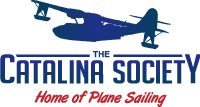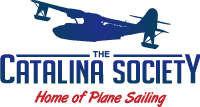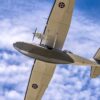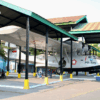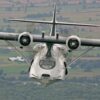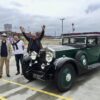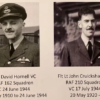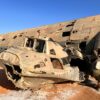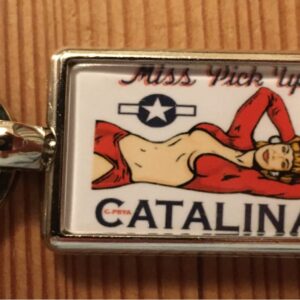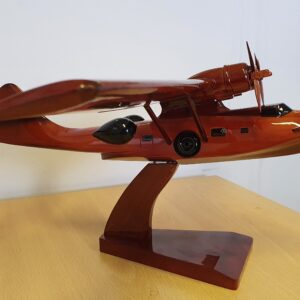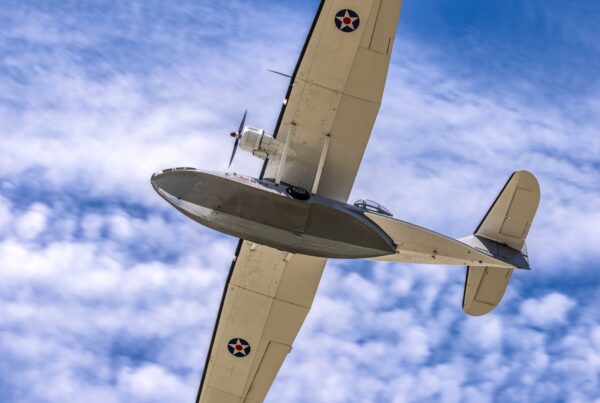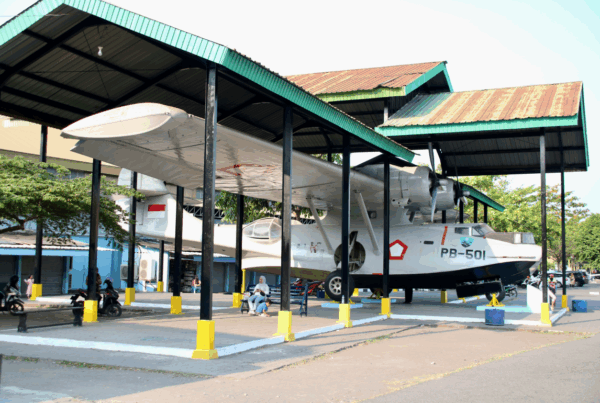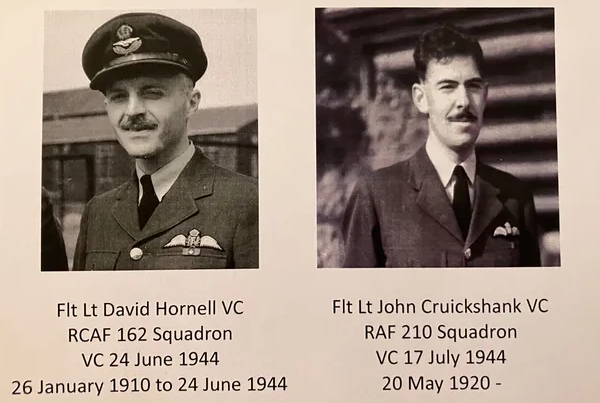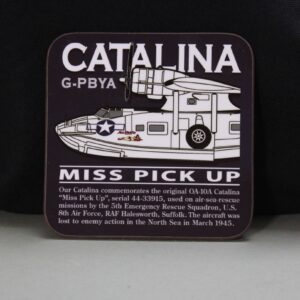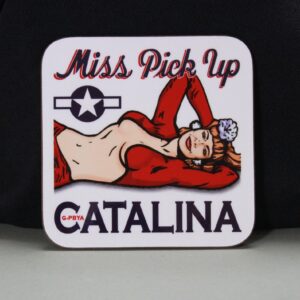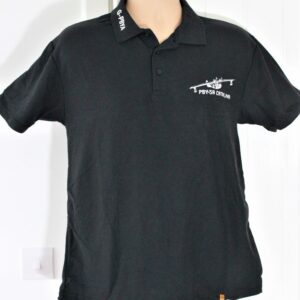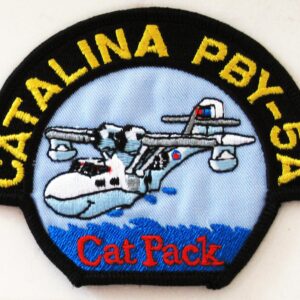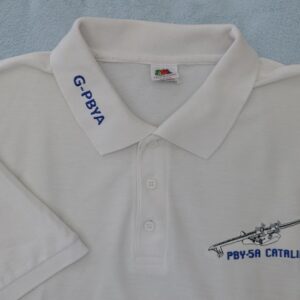A press release concerning an event involving Catalina ‘Miss Pick Up’ next weekend – “The Catalina/Rolls-Royce Phantom II Challenge: the challenge is a modern take on Woolf Barnato’s famous race in 1930 against the ‘Blue Train’, the equivalent of today’s TGV, which ran from the south of France to Calais. To show that travelling by car was faster than going by train, Woolf, then Chairman of Bentley Motors, bet £100 that he could leave Cannes in his Bentley when the train set off, drive across France, cross the channel, and be at his club in London before the train pulled up in Calais. He succeeded by a mere three minutes!
This time, a Catalina aircraft and a Rolls-Royce Phantom II will ‘race’ from Lille to Biscarrosse. The event is scheduled for September 2024.
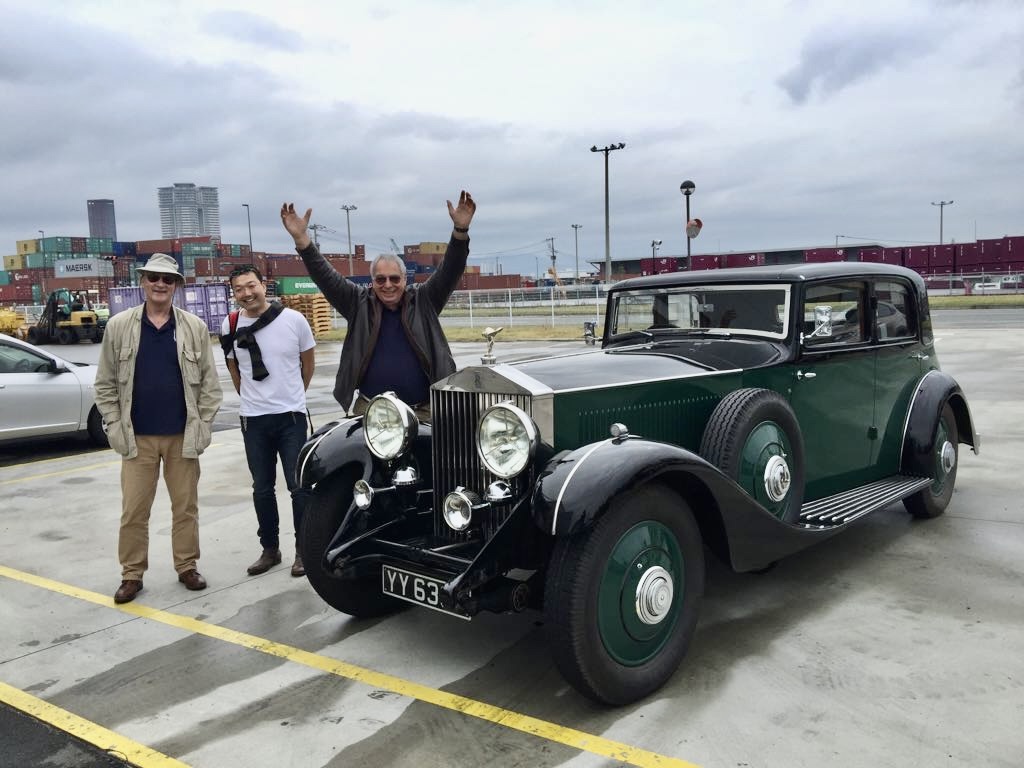
The Catalina/Rolls-Royce Phantom II Challenge: the challenge is a modern take on Woolf Barnato’s famous race in 1930 against the ‘Blue Train’, the equivalent of today’s TGV, which ran from the south of France to Calais
The Catalina aircraft is operated by Plane Sailing Air Displays Ltd based at the Imperial War Museum airfield at Duxford. The instigator of the Catalina flying again in Europe, and the man that put the organisation together, is Paul Warren Wilson. Paul is a director and the Chief Pilot of Plane Sailing’. The Catalina was built in 1943 for the Royal Canadian Air Force. It survived WW2 and is the last Catalina amphibian aircraft still flying in Europe.
The main aims of this event are to generate interest in the ‘plane, and to identify additional finance sources to keep it flying as it takes around £250k per year to keep it correctly operational.
The challenge car is a Rolls Royce Phantom II Continental 1932, chassis 60MS with Hooper original sportsman saloon body, built for the Hooper stand at the 1932 Earls Court Motor Show, in green over black – rebuilt to original spec in 2000 and now with overdrive. It has toured extensively in Europe, east coast USA and Japan, and is the winner of various prizes and concours at international RR club events. The driver team are Mark Wadkins, Steve McIndoe and Wojtek Kordel (on the right in the photo below).
Compared with what Woolf found in 1930, the roads are now congested across France. The Catalina flies at 110 knots and is not troubled by road congestion!
So, a formula of 1 hour flying = 5 hours driving, plus night stops should ensure a fair contest.
The route is from Cambrai airfield near Lille, where the Catalina is flying at an air display, to Biscarrosse lake, south of Bordeaux. The lake is used to train flying boat and floatplane pilots in water landings and takeoffs, and is the centre of French hydroaviation.”
